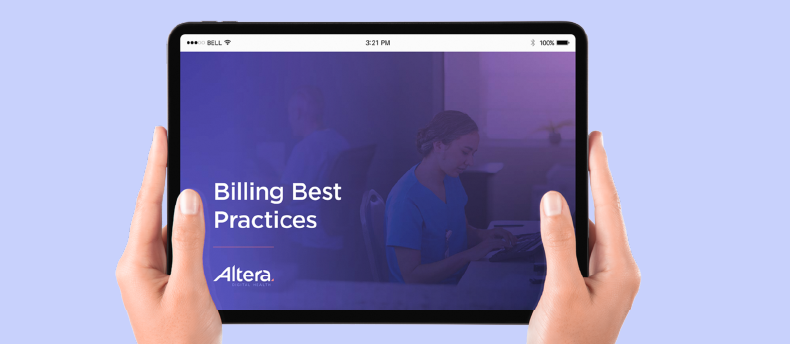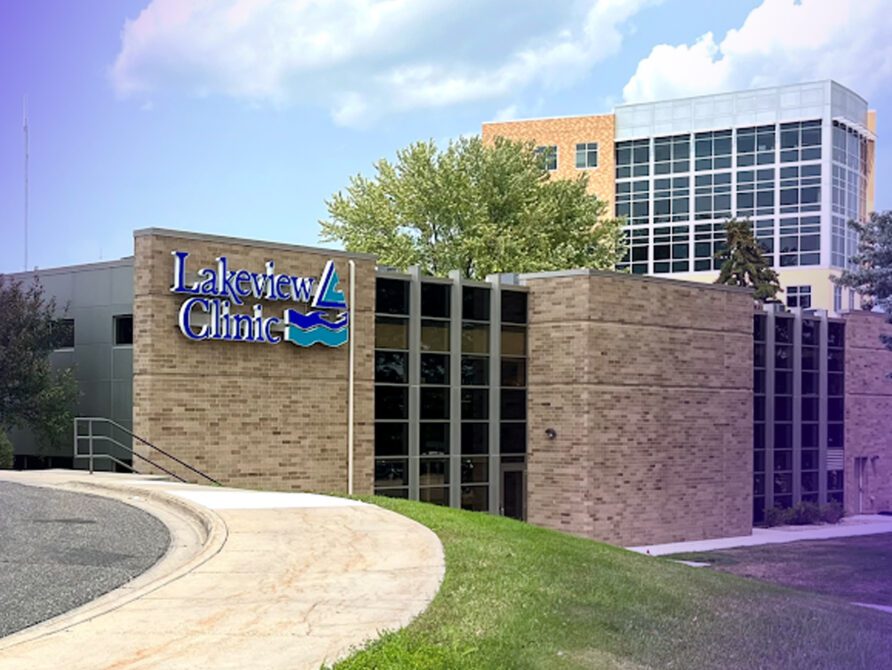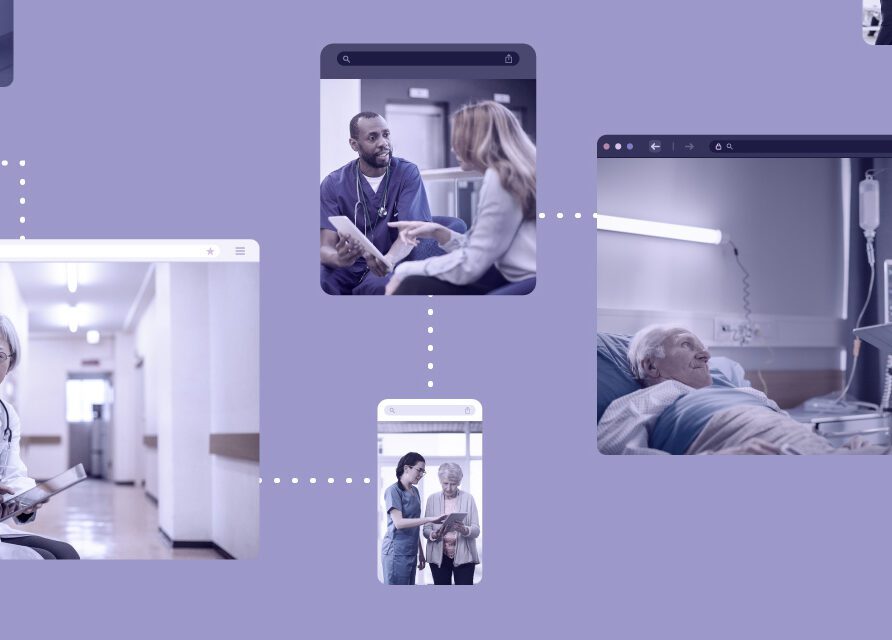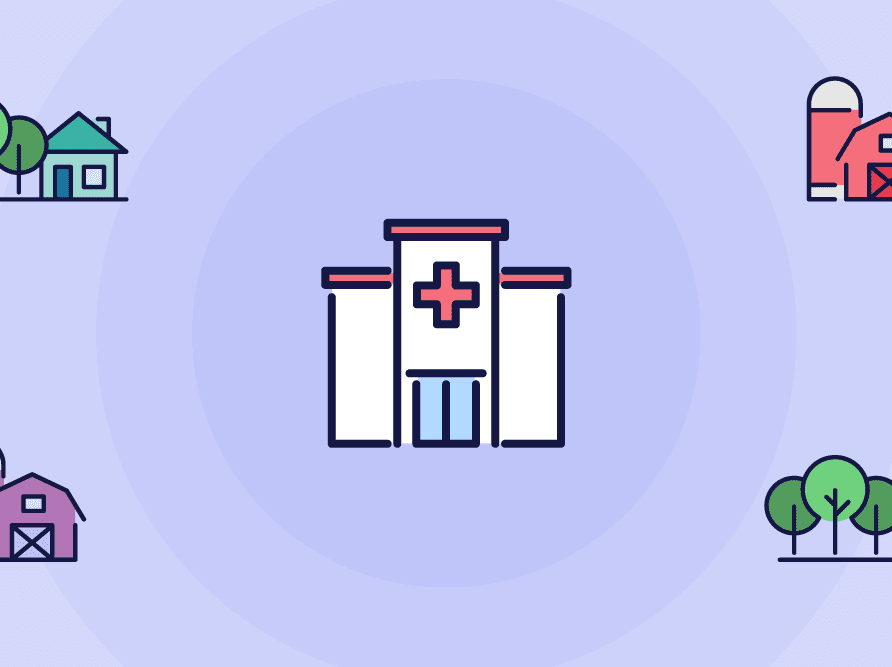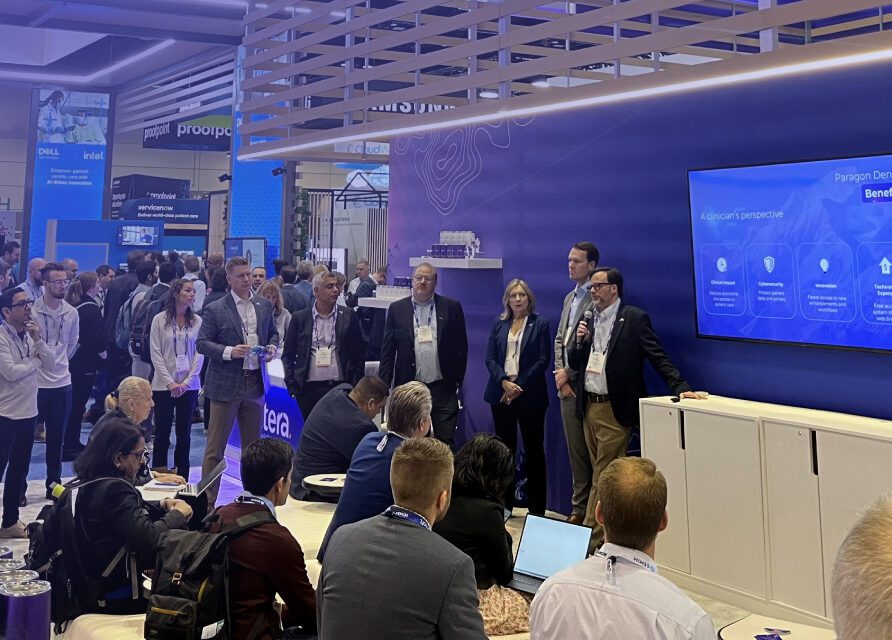FREE EBOOK
Reshape healthcare: Six billing practices to optimize your organization
Improving the experience of clinicians and patients
The trust has been able to record many quantifiable clinical, administrative and patient benefits since go-live. From August 2021 to May 2022 across both ED sites, the EPR project enabled:
- 116,538 patients to be noted in the EPR
- 30,035 ambulance attendances to be logged in the EPR
- 261,603 patient documents to be completed
- 237,726 NEWS flowsheets to be completed
Streamlining and simplifying clinical processes
The process of noting patients in the EPR has given clinicians greater visibility of who is coming into ED. As part of this process, the trust also implemented a "Tap & Go" system, enabling clinicians to log in and out of different devices and open up Sunrise where they previously left off, without having to log in to multiple systems each time. In ED, where clinicians are constantly moving around, this has been transformational in terms of time saving and simplicity. Already, this is saving on average two minutes per patient interaction. In total, this equates to hundreds of hours saved by this reduced admin time, releasing more time for care.
Enabling effective patient triage
In the eight months post go-live, 30,035 ambulance attendances were recorded in the system. This enabled the trust to identify the most suitable care pathways for patients more quickly, helping with patient flow. With the information available within the EPR, ED teams have been able to triage patients before they reach the hospital, and redirect them to more appropriate care settings. As an example, one patient avoided being admitted through ED as the team could see from the person's record that they could receive treatment for their condition in a community setting, and was redirected to these services as a result.
Eve Olivant, Senior System Flow Lead at One Gloucestershire ICS, said, "In addition to the patient and clinical benefits, the adoption of EPR in GHFT's emergency departments is supporting better patient flow across the ICS. System partners can access EPR information to redirect patients to community services where appropriate. We can also see the clinical status of those waiting in ED, so we know what needs to happen elsewhere in the hospital and across the ICS to support effective patient flow."
Promoting better communication with GPs
More than 261,000 patient documents have been created since August 2021, which includes patient discharge summaries. These have then been shared with GPs electronically, improving the experience and efficiency of admin teams. Equally, GP records are also being shared with the trust, which has provided ED with better visibility of patients' health upon admittance, so they can be treated more effectively.
Prioritising the sickest patients
As of May 2022, almost 240,000 NEWS flowsheets were completed within Sunrise. Doing this electronically has enabled the sickest patients to be identified more quickly and prioritised by clinical teams, reducing the likelihood of their condition deteriorating. As a result, the average length of stay has reduced by 0.4 days.
Advancing digital ambitions and improving patient flow
The deployment of Sunrise in GHFT's EDs has advanced the trusts clinically driven digital maturity. Since rolling out to its EDs, the trust has also gone live with clinical documentation for doctors and allied health professionals. This has facilitated conversations about patient flow as doctors, nurses and AHPs are working together to continually improve the functionality of Sunrise for all staff.
The trust, while becoming more digitally mature, has also worked closely with Altera Digital Health to develop a blueprint for transformation of this kind which is being shared with neighbouring trusts and other Altera Digital Health clients.
Facilitating faster discharge
The data stored within Sunrise EPR has enabled the trust to build an ICS-wide dashboard that improves patient flow across the whole of the One Gloucestershire ICS. This is facilitating faster coordination of patient discharges across the care providers, voluntary organisations and charities, freeing up beds with the trust and reducing bottlenecks within ED.
The ambitious dashboard project required coordination of discharge data from GHFT, Gloucestershire Health and Care Foundation Trust, and Gloucestershire County Council. Working with Altera Digital Health, the ICS-wide project team worked together to streamline workflows and processes across the various organisations to ensure the dashboard could be fully implemented into working practice.
Mark Hutchinson, Chief Digital and Information Officer (CDIO) at GHFT, explained: "Many of the care providers across the ICS were operating in silos. Time was wasted on the phone confirming the status of patients as no joined-up approach was in place for transferring people between organisations. This led to delays in patient discharges."
ICS-wide patient flow data
The dashboard now enables all ICS partners to see the current number of patients awaiting discharge from each organisation, and the next stage of their pathway.
Hutchinson added: "Relevant staff have secure access to the data in real time which enables them to progress the patient treatment pathway, reduce length of stay and expedite discharge to the most appropriate destination ensuring optimum outcomes for patients."
The dashboard, which is hosted by GHFT, has fostered better data practices across the ICS. Eve Olivant, Senior System Flow Lead at One Gloucestershire ICS said: "Better data leads to better visibility. With the dashboard, at-a-glance, we can see all patients on a discharge pathway. This means we can see where potential bottlenecks are occurring and ensure we have the right resources in place to help people transition safely and efficiently from hospital to being cared for at home, or in a community setting."
GHFT, while becoming more digitally mature, has also worked closely with Altera Digital Health to develop a blueprint for transformation of this kind which is being shared with neighbouring trusts and other Altera Digital Health customers.
The future digital roadmap
The rollout within EDs was carefully managed as part of a phased approach, which enabled the trust to demonstrate continuous improvement and secure buy-in at board level for the major transformational change, despite the challenging context of the pandemic.
Next on the roadmap is to implement electronic prescribing and medication administration (ePMA) functionality from Altera Digital Health, which is happening later in 2022. This is another major milestone for the trust, and further progress towards the goal of reaching HIMSS Stage 6 by 2024.
Mark Hutchinson, Chief Digital and Information Officer, GHFT, said, "As we can see, digital transformation is about far more than just electrifying paper. It's about using digital tools to improve clinical and patient experiences. The conversations we've been able to have about improving patient flow beyond the emergency department are encouraging and will be important as we continue our digital transformation journey, and provide better patient care as a hospital trust and as part of the One Gloucestershire Integrated Care System."
Related Insights

